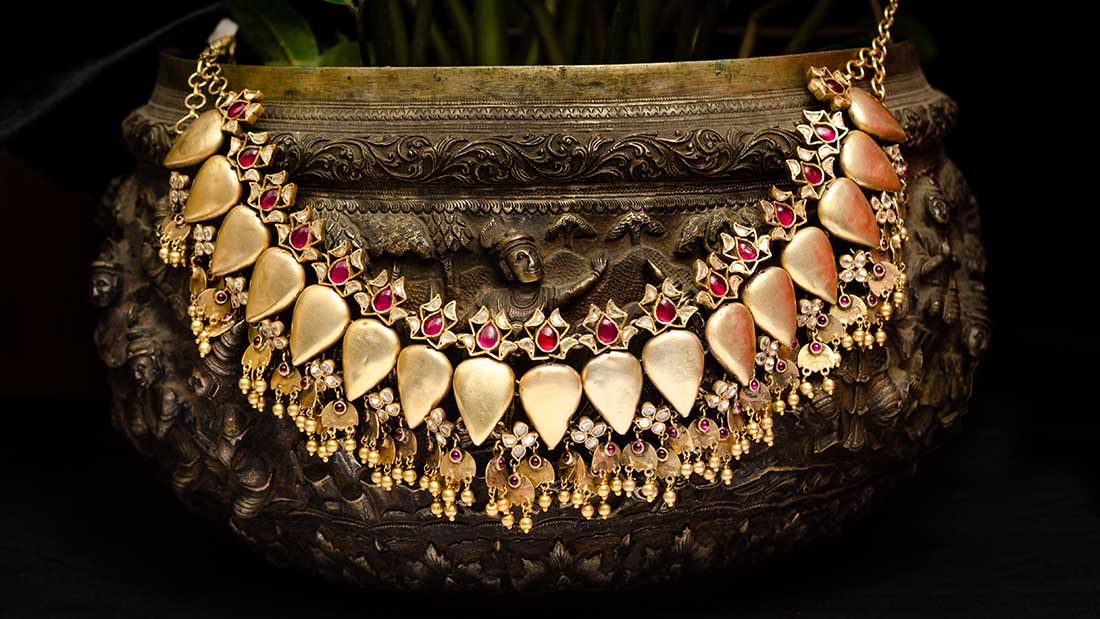Jewellery has been an integral part of human culture for thousands of years. It is worn for various reasons such as adornment, status symbol, religious or cultural significance, and much more. Traditional jewellery is specific to each culture and carries deep-rooted meanings and traditions. In this article, we will explore the significance of traditional jewellery in various cultures.
Africa

African traditional jewellery is known for its bold and intricate designs. Each tribe has its unique style and symbolism. For example, the Maasai tribe in Kenya and Tanzania wear colourful beaded necklaces and bracelets to signify their age and status. The Fulani tribe in West Africa wears elaborate gold earrings and necklaces as a symbol of wealth and status.
India
India has a rich history of traditional jewellery, dating back to the Indus Valley Civilization. Indian jewellery is known for its intricate designs and vibrant colours. Each piece of jewellery has its specific cultural and religious significance. For example, the mangalsutra is a black and gold beaded necklace worn by married women as a symbol of their marital status. The nose ring or nath is worn by brides on their wedding day as a symbol of their beauty and purity.
China
Chinese traditional jewellery is known for its delicate and intricate designs. Jade is the most popular material used for jewellery, as it is believed to bring good luck and prosperity. The dragon is a popular motif in Chinese jewellery, as it represents power and strength. The phoenix symbolizes beauty, grace, and the feminine.
Native American
The Native American culture has a deep connection with nature, and their jewellery reflects that. They use materials such as turquoise, coral, and silver to create intricate designs with symbolic meanings. For example, the dreamcatcher earrings represent protection and good dreams, while the feather earrings represent communication with the spiritual world.
Middle East
The Middle East is known for its luxurious and ornate traditional jewellery, often encrusted with precious stones and metals. The Arabian Gulf region is famous for its pearl jewellery, as it was once a major hub for pearl diving. The hamsa hand is a popular motif in Middle Eastern jewellery, representing protection against evil and negative energies.
Traditional jewellery carries a significant cultural and historical meaning that cannot be replicated by modern jewellery. It is a symbol of tradition, heritage, and identity. The beauty and significance of traditional jewellery continue to be appreciated and passed on from generation to generation.




